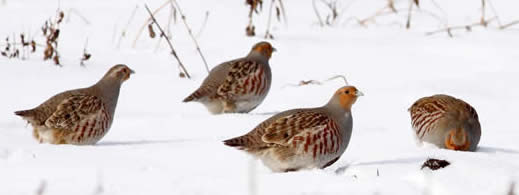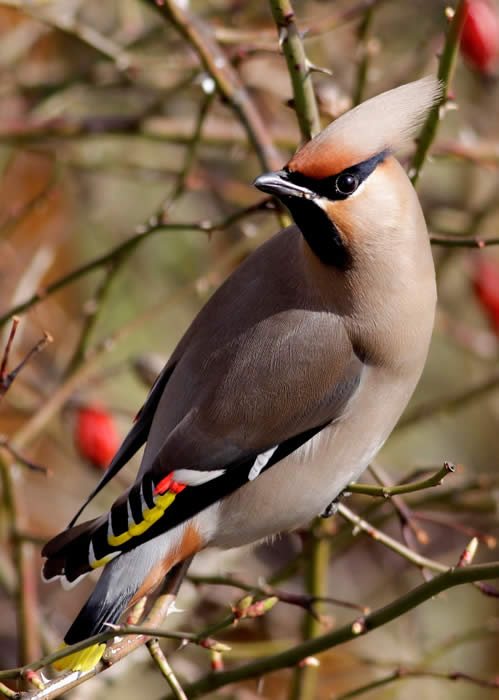Winter in Poland
Honeyguide’s Poland host and leader, Artur Wiatr, has sent us more winter nature notes, writing on 10 March 2011.
"The first signs of spring are slow arriving in the Biebrza Valley. The marshes are still covered with deep ice and snow. The last three weeks brought excellent weather conditions: full sun, blue sky and ... freezing overnight, down to – 16°C.
Despite the cold nights, days were a bit warmer and sun was melting ice and snow in some places. In such places you could find more wildlife activities: the first greylags and whooper swans arrived and were enjoying themselves in the company of a fox.

In other places first cranes, lapwings and skylarks were already seen - but I believe cold nights moved them to fly back westwards. The next three weeks will bring an explosion of nature over here: migration of geese and wild ducks." Whooper swan photos by Piotr Tałałaj.

______________________
Artur's first winter nature notes from Poland were these, in late December 2010. It was a cold winter in the UK, but nothing compared with Poland. There winter arrived earlier then usual with heavy snowfall and already, one night with -26°C.
Poland’s Christmas bird
"If I were to pick my Christmas bird for Poland it’s definitely the waxwing. First of all, I like its colours. It looks like a Christmas tree decoration with many and bright shining colours. Secondly, I like its song. When they gather together and sing they sound a bit like little Christmas bells or a chorus singing carols. The third reason is that often we see them feeding on mistletoe berries and mistletoe is used as Christmas decoration too. And last but not least, often we see flocks of them in the towns and they make people happy."
Hard winter for grey partridges
"For grey partridges, an early winter is a hard time to survive. Although they are used to difficult conditions, very deep snow cover makes finding seeds difficult for them. So now you can easily find them on country roads with little traffic where it is easier to find seeds and other food. Over the winter they also often come close to farmyards and try to find food there. That, unfortunately, sometimes makes them easy prey for foxes or unattended dogs."

Grey partridges (Piotr Tałałaj)
Easier together for bison
"Gathering together makes it easier for European bisons to survive winter. These giant animals gather in big herds and stay together until spring time. This behaviour is a good defence strategy against wolves: the calves can be surrounded by the older ones and not become an easy target. "
Bison (Artur Wiatr)
Artur Wiatr, December 2010
Our main Poland web page . . . . . . . . . . . . . . . . . . . . . . . . . . . Nature notes




